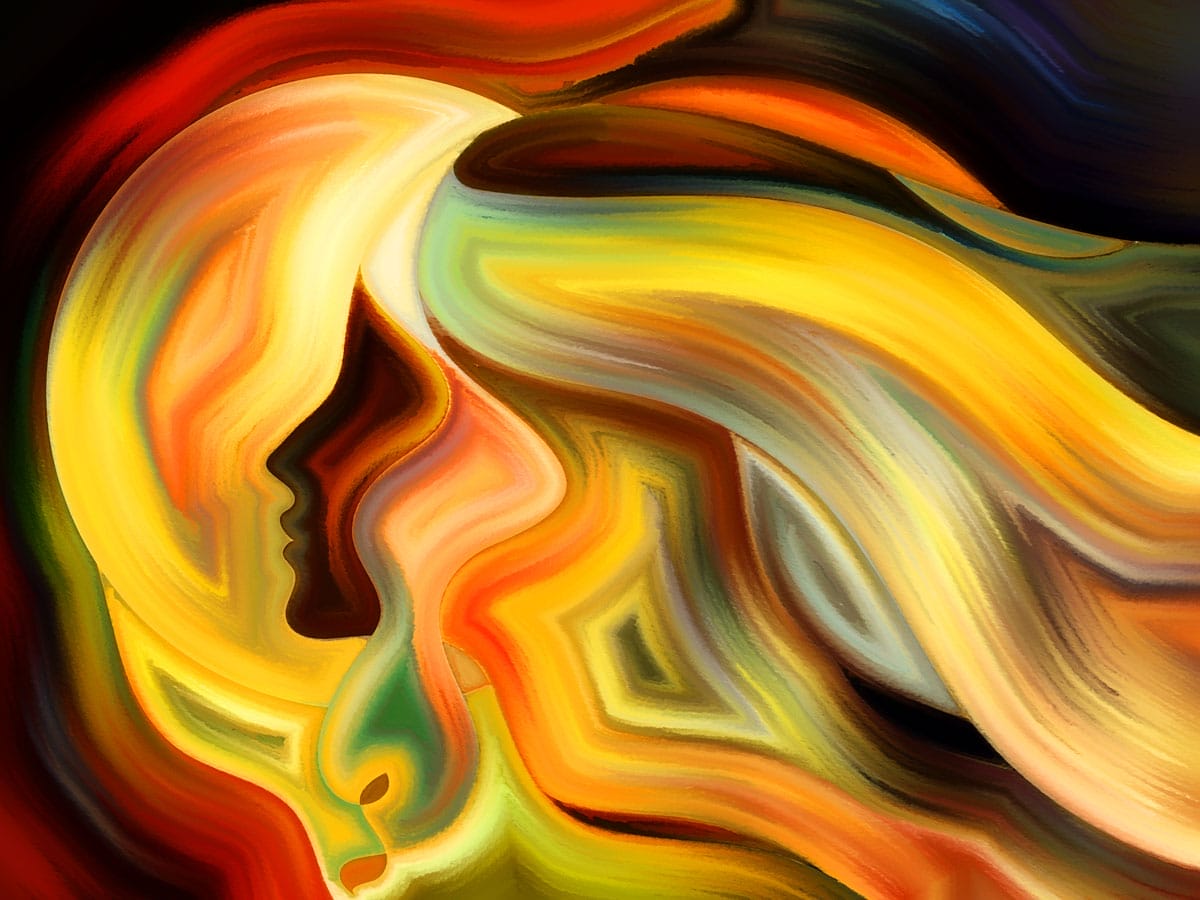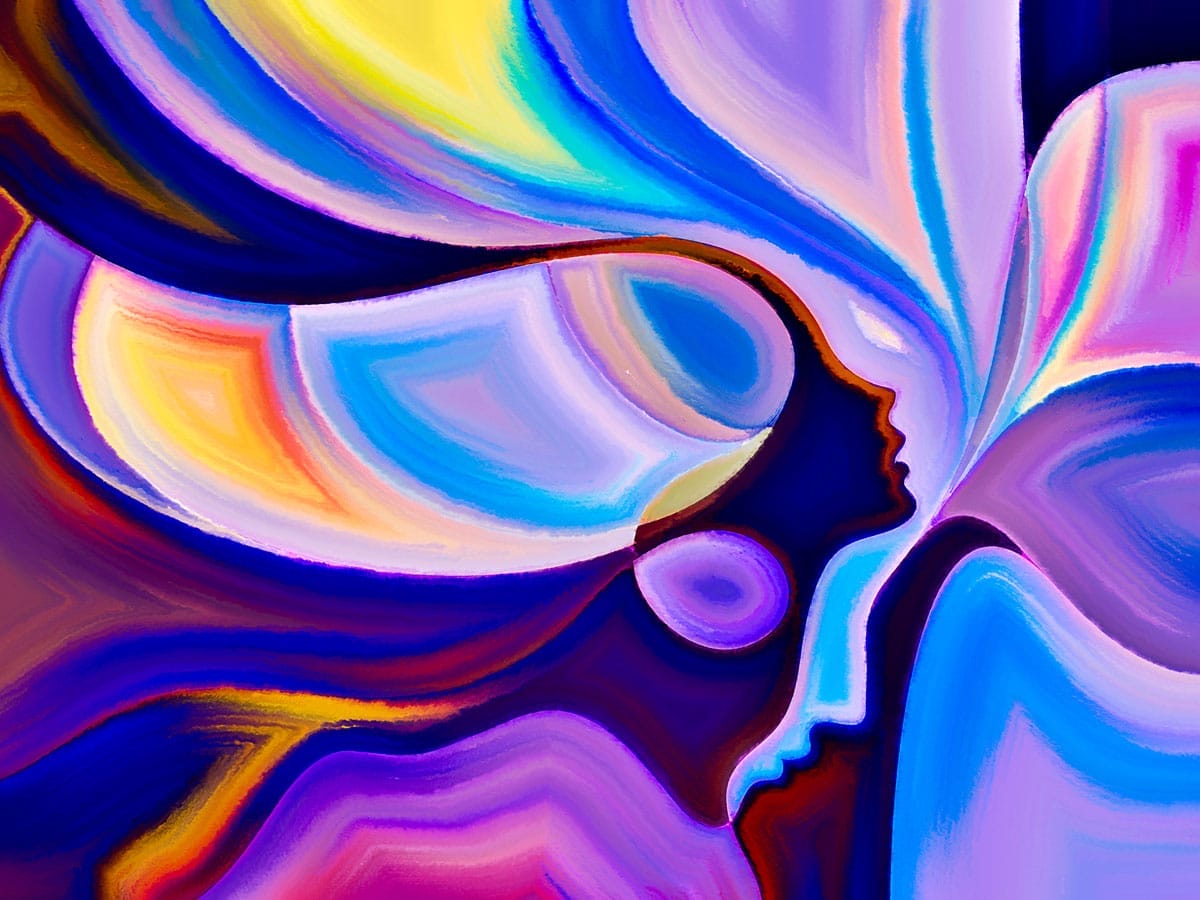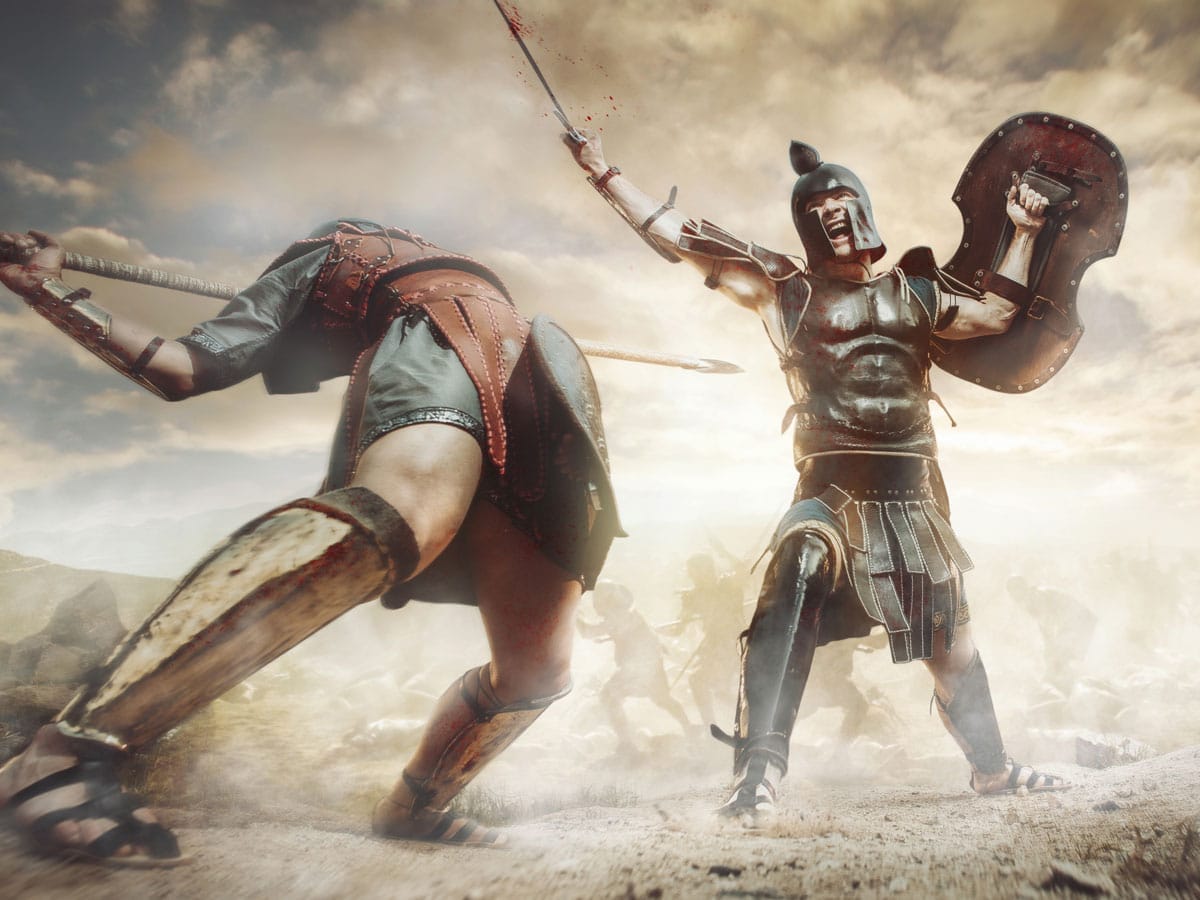The Sage, Crone and Guide Archetypes
Archetypes of Wisdom
The sage archetype, crone archetype and guide archetype are variations on the theme of the wisdom. They are the wisdom archetype embodied in human form. Wisdom is defined as “the soundness of an action or decision with regard to the application of experience, knowledge, and good judgment.” People carrying a wisdom archetype are sensible, shrewd, and down-to-earth.
Within the wisdom archetypes there is a balance between the left-brain rational capacity and the right-brain intuitive talent. In other words, these archetypes help you check in with both your head and your heart. Gut responses are tested against common sense. Action is measured and skillful. Words are not wasted.
Opportunities to learn wisdom are in everything from painful to joyful experiences, there is no distinction. Wisdom can come from a flower or a bush, a great teacher or a grocery store clerk. The wisdom can come in a flash or build over time.
When we are “wise to” something or someone we are alert and aware. The wisdom archetypes carry an awareness beyond the present moment. These archetypes empower you to objectively review the past and project outcomes. With one of these archetypes, the power of the sacred, is taken more seriously than what is apparent to the five senses. This person understands that there is more than meets the eye. What is happening now is the consequence of a vast number of preceding choices and invisible forces.
Divine Channels
Acting in the light aspect of a wisdom archetype makes you a messenger for the divine. Someone with the guide, crone, or sage archetype is a channel for divine guidance and does not take this responsibility lightly. Friends, loved ones, and clients benefit from the stellar advice of a wisdom archetype. If you have one of these archetypes, you are likely the person that helps others pause in the midst of chaos and truly consider the outcome of their actions.
This does not mean that you are the “fixer” or the “problem solver”. With the wisdom archetypes, there is no place for solutions. That is not your job. The job is to guide someone through the chaos of the ego and into the order of the soul. This is not about weighing all the options and definitely not about having any of the answers. It is about asking the right questions, listening, and offering cosmic truths to accompany people on their voyage.
The Spiritual Teacher
The guide, crone and sage archetype are spiritual teachers. They impart knowledge about the nature of the cosmos, the mystical laws, and universal truths. As much a leader as a companion and follower, the spiritual teacher takes on whichever role best suits their pupil’s evolution. Sometimes comedian, other times authoritarian, the spiritual teacher is willing to give up other people liking her.
Any ego driven needs to for admiration, recognition, etc. block the flow of divine guidance. The spiritual teacher’s ongoing inner work is to clear out these base cravings. The spiritual teacher is different than the teacher because she accepts the call to know the spiritual journey as well as to be a clear channel.
Sage Archetype
Traditionally, the sage archetype is seem as the masculine manifestation of the guide archetype, but this is changing. Both women and men can have this archetype. Typically, the sage archetype is associated with age. Elders feel most comfortable calling themselves sages. Many people come into the sage archetype later in life. As the elder, the sage provides advise to family, friends or community.
I think we say too often that young people have an old soul. A young person with the sage archetype has an old soul, but this truth is lost in over use of the term “old soul”. If you were told you have an old soul, this doesn’t mean you have the sage archetype.
Wisdom comes from experience, so how does a young person with very little experience act as the sage? That is one of the hallmark challenges of esteem that plagues a young person with the sage archetype in a deep way. When a young person embarks on the endless pursuit of experience to feel worthy of wisdom, she can lose the aspect of being versus doing that is necessary with the sage archetype.
On the other hand, someone born with the sage archetype has the capacity to bring through the wisdom gathered in past lives or the collective unconscious. That is if they are able to temper the pride that can come with such power. By staying humble and reverent of what they have access to as well as in close contact with their elders, the wisdom of young sages can be extremely transformational in a community.
Crone Archetype & Wise Woman
Another archetype closely associated with seniority, the crone archetype is synonymous with the Wise Woman. As part of the trinity of maiden, mother and crone, this archetype embodies the culmination of feminine wisdom. Images of a small, white-haired, wrinkled and slow moving old lady come to mind with the crone archetype. However, you don’t have to be an old woman to posses this archetype.
According to Clarissa Pinkola Estes in Women Who Run With the Wolves, the crone ideally “symbolizes dignity, mentoring, wisdom, self-knowledge, tradition-hearing, well-defined boundaries, and experience… with a good dose of crabby, long-toothed, straight-talking, flirtatious sass thrown in for good measure.”
Women who carry the crone archetype are likely to seriously and tenderly mentor younger women and to commune with peers in full-bellied, open-hearted displays of humor. The facade of properness falls away for the crone. She’s up front and fails to mince words. In the light, she’s a welcome truth teller, a spirited guiding force. In the shadow, she’s a bitter, dry and critical influence that tears down any display of independence in the women around her.
Guide Archetype
The guide archetype in some ways contains the sage archetype and crone archetype, and she stands alone outside of time and space. For those of you with the guide archetype, there are no concerns over coming of age or earning wisdom. There are no reflections on how much experience or knowledge is enough. There is an inherent trust in the wisdom that flows. All of the elements of wisdom, guidance and teaching discussed at the start of this article apply directly to this archetype.
In the shadow, the guide pursues worldly rewards for her insight and/or becomes over inflated. She takes every word that comes out of her mouth as gospel. She thinks she knows her advisees better than they know themselves. In balance, everyone with the guide archetype learns that she is the person to be wise to. Being alert to herself, the guide is able to be a channel for sacred, life changing guidance.
Want to know if you have the
guide, crone or sage archetype?
Schedule an Archetypal Consulting Session
and Find Out!
Clarissa Pinkola Estes teaches about the crone archetype in both of these online classes:
http://www.soundstrue.com/store/the-power-of-the-crone-1355.html
http://www.soundstrue.com/store/the-dangerous-old-woman-641.html












